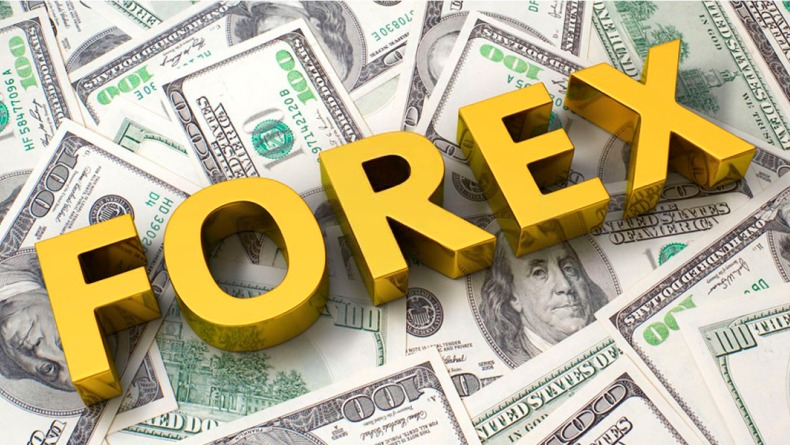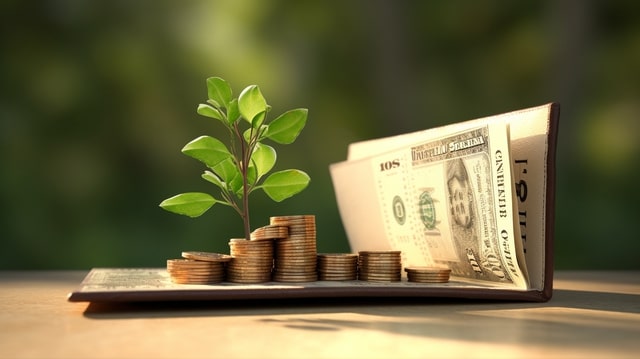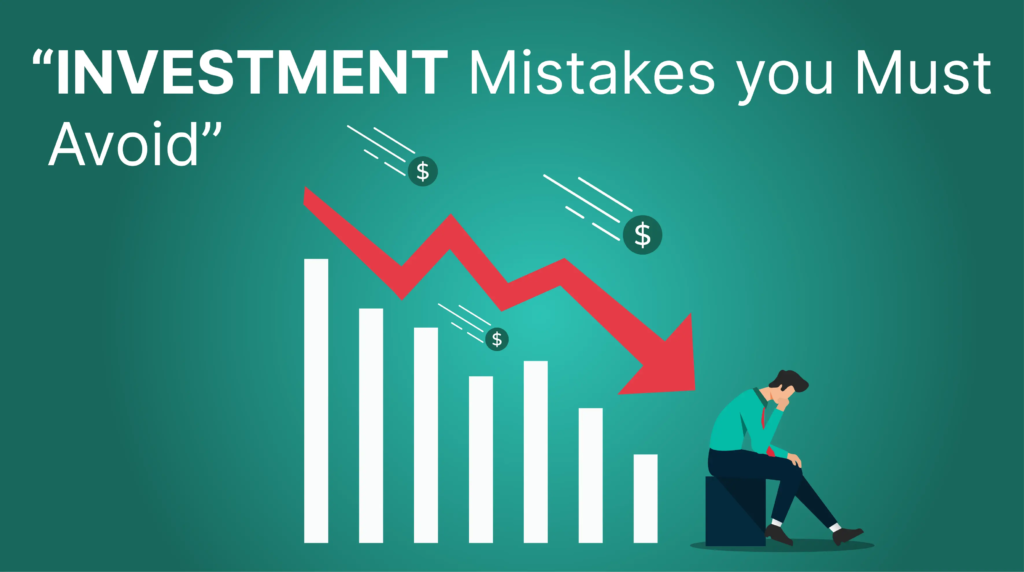What Is FOREX ?
In the forex market, people buy, sell, and trade currencies on a worldwide decentralized platform. With daily trade volumes surpassing trillions of dollars, it is the world’s largest and most liquid financial market. Through forex trading, traders can make predictions about how the prices of different currencies will fluctuate with the goal of making money off of these changes.
Although there are many different currency pairs available on the forex market, according to CMC Markets, the seven largest currency pairs account for about 75% of all trading activity. The U.S. dollar, euro, British pound (GBP), Japanese yen (JPY), Australian dollar (AUD), Canadian dollar (CAD), Swiss franc (CHF), and New Zealand dollar (NZD) are the seven major currencies.
There are a few more matching categories in addition to the major pairings:
Minors Pairs :Traders match major currencies against one another in minor pairs, rather than against the US dollar. An example of this would be the euro vs the British pound. Take EUR/GBP as an example.
Exotic Pairs : Exotic currency pairings include large currencies like the British pound and the Mexican peso (MXN) paired with currencies from smaller or emerging market economies. GBP/MXN, for instance.
Regional pairs : Regional currency pairs are those that come from a particular part of the world. An example of this would be the New Zealand dollar and the Australian dollar. Take AUD/NZD as an example.
How FOREX Works ?
1. Participants:
Central banks, financial institutions, businesses, governments, hedge funds, retail traders, and individual investors are just a few of the many players in the currency market. These people trade foreign exchange (forex) for a variety of objectives, including speculative gains, conducting international trade and investment, and hedging against currency risk.
2. Currency Pairs :
When trading forex, traders buy and sell currencies in pairs. Each pair shows the exchange rate between the two currencies. For instance, the EUR/USD pair represents the exchange rate between the Euro and the US Dollar. The base currency is the first one in the pair, while the quote currency is the second. The exchange rate shows how much of the quote currency is required to buy one unit of the base currency.
3. Market Hours :
the forex market is open for business five days a week, 24 hours a day. It begins in Sydney and travels around the world via Tokyo, London, and New York. Continuous trading offers flexibility and liquidity by enabling players from various time zones to trade currencies anytime they desire.
4. Trading Platform :
Through trading platforms that brokers provide, forex trading is done electronically. These platforms let traders manage their trading accounts, examine charts and indicators, and make orders. The market is quite liquid, thus transactions are completed almost instantaneously.
5. Leverage And Margin :
Forex trading often involves the use of leverage, which allows traders to control larger positions in the market with a smaller amount of capital. Leverage amplifies both potential profits and losses, so traders must manage their risk carefully. Margin is the amount of money required by the broker to open and maintain a trading position
6. Price Determination :
Interest rates, market mood, geopolitical events, supply and demand, and economic indicators all affect the price of currency pairings on the forex market. To determine the best time to buy or sell a currency pair, traders consider these variables.
7. Currency Exchange Rates :
Due to the ongoing trading activity, exchange prices are always fluctuating in the currency market. Traders go long (purchasing a currency pair if they anticipate an increase in value) or short (selling a currency pair if they anticipate a decrease in value) in an attempt to profit from these swings.
In general, foreign exchange market trading (forex) is a dynamic and intricate arena where global participants engage in currency exchange for a range of objectives. It plays a vital role in promoting foreign investment and trade, and it also presents chances for financial gain through currency rate speculation.




